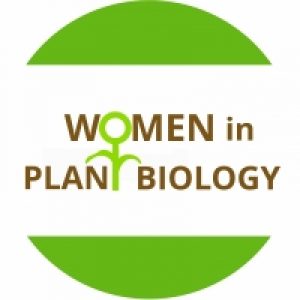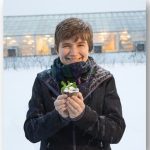Increasing Diversity in the Plant Sciences: The Pioneer Role of the Women in Plant Biology Committee

As the Women in Plant Biology committee reaches its 40th birthday it is useful to recollect its beginnings. These beginnings demonstrate the importance of addressing the needs of underrepresented minorities as a critical step to make progress toward diversity in the plant sciences. ASPB and the Women in Plant Biology Committee have been strong supporters of women’s careers and have enabled significant progress, although some of the issues raised 40 years ago are still on our to-do list today. When looking into more information on how the committee was formed, Dr. Wendy Boss, Dr. Jerry Cohen, Dr. Elizabeth Gantt, and Dr. Janet Slovin graciously emailed me back with their recollections.
The Women in Plant Physiology Committee (WPP) was officially established in 1985, although women had been meeting informally at previous annual ASPP conferences. In 1985, women made up less than 20% of ASPP members. They did not have an official committee, chair, or place to meet. At the time, there was a lot of indifference, and in some cases hostility, among men with respect to these efforts. The first meeting for which a lunch and a room was made available took place at the 1984 annual meeting at UC Davis. Janet Slovin, a graduate student at the time, asked Mary Jo Vesper and Sharon Long to talk to the attendees about working at different institutions. At this meeting, several issues were discussed including the establishment of a Committee of Women. Dr. Ellen Weaver presented a report on the status of women in the Society noting the small representation in the executive committee, editorial board, and session leaders, as well as the low number of awards. Dr. Elizabeth Gantt discussed the need for having women serve as a network to encourage and promote women on this committee. Wendy Boss mentioned that the lack of onsite childcare was also noted as one of the key limiting factors for women’s attendance. Dr. Kathryn Edwards presented a summary of this discussion at the ASPP executive meeting in 1985, which led to the establishment of the WPP.
These early supporters of women plant biologists highlight the importance of having women in leadership positions (such as in the Executive Committee and as chairs of sections) to make actual progress. They also recollect the importance of having a space for women to network and engage. We have come far at ASPB in the last 40 years, but this is an important reminder that each of us plays a role in building that support network to create an inclusive and diverse plant science community.



